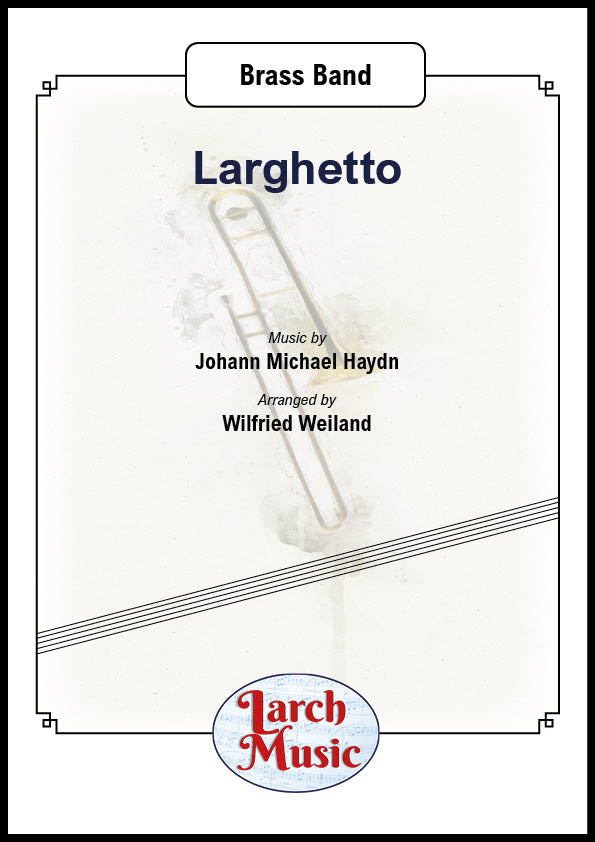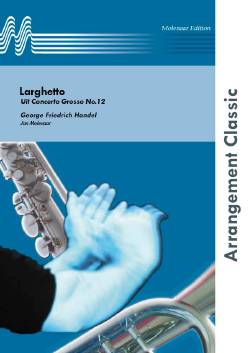We've found 15 matches for your search. Order by
Results
-
 £41.60
£41.602 Marches / Larghetto - Fischer
Estimated dispatch 5-14 working days
-
 £27.20
£27.20Larghetto - Georg Friedrich Händel
Estimated dispatch 5-14 working days
-
£69.95
Larghetto from Serenade/Pomp and Circ. No.4
Estimated dispatch 5-14 working days
-
 £69.95
£69.95LARGHETTO from Serenade/POMP AND CIRCUMSTANCE No.4 (Brass Band - Score and Parts) - Gay, Bram
.
Estimated dispatch 7-14 working days
-
 £32.95
£32.95LARGHETTO from Serenade/POMP AND CIRCUMSTANCE No.4 (Brass Band - Score only) - Gay, Bram
.
Estimated dispatch 7-14 working days
-
£48.00
Two Marches / Larghetto - Wolfgang Amadeus Mozart - Jean-Francois Michel
Estimated dispatch 7-14 working days
-
 £30.00
£30.00Larghetto - Trombone & Brass Band Sheet Music Full Score & Parts - LM355
COMPOSER: Johann Michael HadynARRANGER: Wilfried WeilandISMN : 9790570003556A great new addition to the trombone solo repertoire by Johann Michael Haydn and transcribed by Wilfried WeilandTake a listen and make the judgement yourself(c. 6:30 mins)LM355 - ISMN :
In Stock: Estimated dispatch 3-5 working days
-
 £28.00
£28.00 -
 £38.60
£38.60 -
 £19.60
£19.60LARGHETTO RELIGIOSO (Partitur/Score) - Sana Paul - Fraser Bruce
Estimated dispatch 7-14 working days

